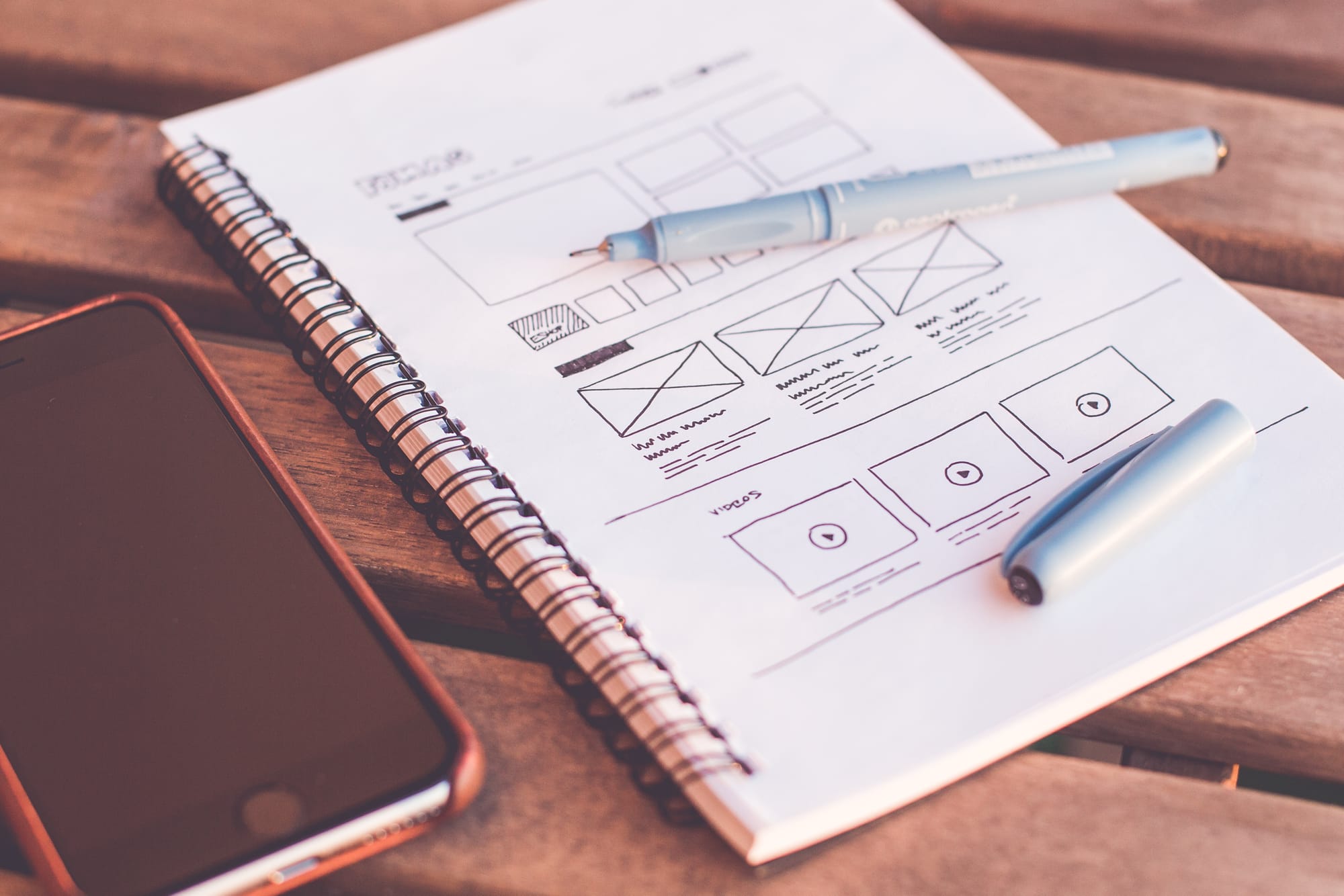UX Design: What Is It and Why Is It Important?
Dive into the world of UX (user experience) by learning more about the continuously changing industry and UX design processes!

If you have ever left a restaurant with a bad taste in your mouth or written a bad review for a service you purchased, you most likely had a bad experience. That experience dictates whether or not you will be a returning customer, and influences the success of the company in question tremendously. This experience is known as User Experience, or UX.

UX is defined by the User Experience Professionals Association as “every aspect of a user’s interaction with a product, service, or company that makes up the user’s perceptions of the whole user experience. Design, as a discipline, is concerned with all of the elements together that make up that interface, including layout, visual design, text, brand, sound, and interaction”. This means that every detail of your experience with a product, service, or company equates to your user experience. Good UX design takes every one of those details into account in order to deliver the most efficient and satisfying services and products possible.
Not only does good UX design lead to customer loyalty, but it results in more users becoming paying customers. For example, if your company website offers free services, but requires payment for higher tiers of those services, it is more likely that free service users will become paying customers if they are satisfied with the efficiency, productivity, and usability of your website. In turn, this will ensure that the time and money invested into your website and products will result in profit.
UX design is a quickly growing industry. With an increase in competition, companies have never relied more on the aesthetics and experiences that their products and services deliver. UX design in technology is particularly pertinent in the success of modern businesses, since the majority of customers are more likely to interact with companies who not only have a solid internet presence, but also put forth the effort and money to provide their customers with top quality web pages and user-friendly interactions. With the current societal dependency on the internet, UX design will only grow as an industry, and will become increasingly more important to companies and businesses.

As a UX designer, nothing is more important than ensuring functionality and aesthetics; finding the perfect marriage between the two is the everyday challenge for designers. Web pages need to be clear and concise in how they flow and function, and they must deliver an engaging and visually pleasing experience. Color, font, graphics, animation, white space, images, hierarchy, and layout are all important visual aspects of web design.
Above all, websites should be kept clean and to the point. Websites that are too wordy or that are riddled with images and unnecessary graphics become bogged down, therefore your user will feel overwhelmed and can become lost. This will discourage them from using your site, and they will most likely try to find a different page that offers what they are looking for up front. You want to pull users in with clean and appealing visuals, and keep them there with up front information or efficient and easy to understand services. Make it impossible for them to say no to what you have to offer, and avoid having potential customers leave with a bad taste in their mouths.

